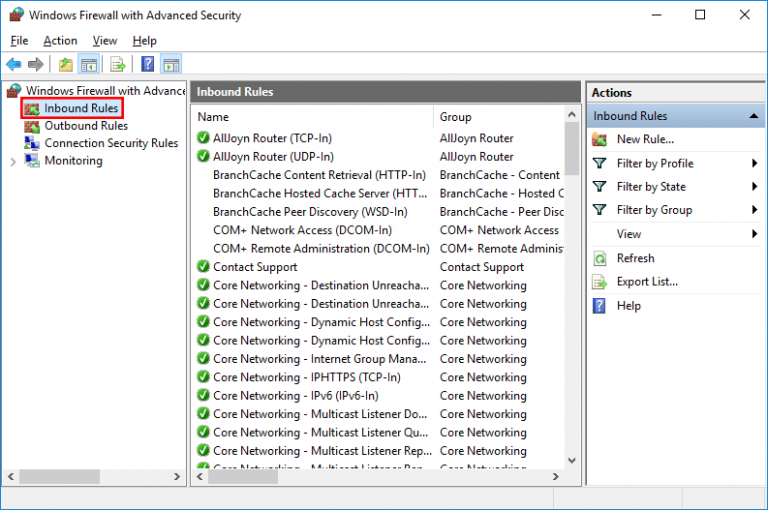

Step 6. In the Host IP Address/Name field, enter the IP address or name of the device with which you want to test connectivity. If version 6 is chosen in Step 3 and link local is chosen as the IPv6 address type in Step 4, from the Link Local Interface drop-down list, choose the interface from where the local information is received.

Global - The IPv6 address is a global Unicast IPv6 type that is visible and reachable from other networks.Link Local - The IPv6 address uniquely identifies a host on a single network link.If Version 6 is chosen in Step 3, in the IPv6 Address Type field, click the radio button for one of these available options to define the IPv6 type: Version 4 - Uses IPv4 to define the IP address.Version 6 - If IP version 6 is supported by the switch, this option will be available.In the IP Version field, click the radio button of one of these available options to define the IP version: By name - Uses the name of the remote device to test connectivity if the device name is properly configured.By IP Address - Uses the IP address of the remote device to test connectivity.In the Host Definition field, click the radio button of one of these available options to define the host: Log in to the web configuration utility and choose Administration > Ping. SF/SG 200 and SF/SG 300 Series Managed Switches Software Version.

#Snippit to activate ping service how to#
This article explains how to perform a ping test on the 200/300 Series Managed Switches. A ping test is used to determine if there is a network connection problem while a traceroute tells you where in the path the problem is. After the test, a report is given to see the percentage of success. When you perform a ping test, Internet Control Message Protocol (ICMP) packets are sent to a specific destination to test the connection. Ping is a utility which serves to test connectivity between two end points. Ping Utility on the 200/300 Series Managed Switches Objective


 0 kommentar(er)
0 kommentar(er)
